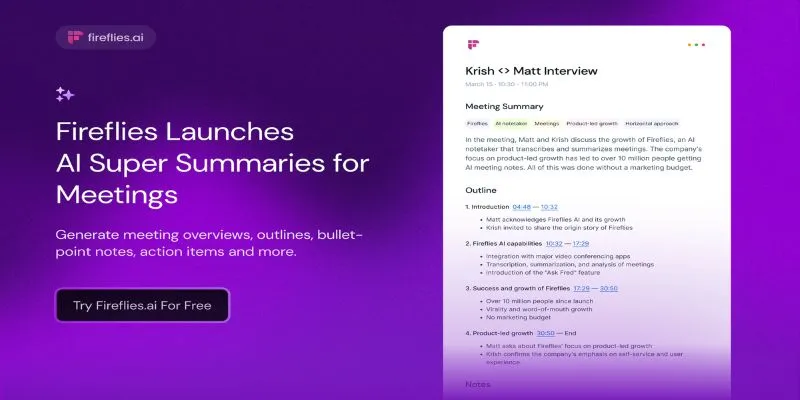In today’s rapidly evolving AI landscape, language models have become essential tools for applications ranging from virtual assistants to advanced content creation. Among the latest entrants in the open-source arena are Mistral 3.1 and Gemma 3, both designed to handle a wide range of language tasks with speed and precision. As developers and AI researchers search for the ideal tool for performance and scalability, comparing these two models is crucial.
This article compares Mistral 3.1 and Gemma 3, focusing on usability, performance, architecture, and ethical considerations. It simplifies technical details to help readers understand how each model performs in real-world applications.
Overview of Mistral 3.1 and Gemma 3
What is Mistral 3.1?
Mistral 3.1 is a cutting-edge open-weight model developed by Mistral AI. Known for its speed and efficiency, it offers two major variants: Mistral 3.1 (Base) and Mistral 3.1 (Instruct). The “Instruct” version is fine-tuned for helpful conversations, making it suitable for chatbots and assistants.
- Uses a transformer-based architecture
- Focused on being lightweight yet powerful
- Designed to handle tasks like summarizing, answering questions, and code generation
What is Gemma 3?
Gemma 3 is part of Google DeepMind’s family of open models. Built on the same research as the Gemini series, it is lighter and optimized for developers and researchers.
- Comes in two main sizes (2B and 7B parameters)
- Offers excellent support for multilingual tasks
- Designed with responsible AI usage in mind
Key Differences Between Mistral 3.1 and Gemma 3

While these models share similar purposes, they have distinct strengths. Here’s a comparison based on key features :
| Feature | Mistral 3.1 | Gemma 3 |
|---|---|---|
| Developer | Mistral AI | Google DeepMind |
| Model Sizes | 7B | 2B & 7B |
| Training Data | High-quality curated sources | Based on Gemini training principles |
| Open Source | Yes | Yes |
| Multilingual | Moderate | Strong |
| Performance | Fast & accurate | Balanced & safe |
| Responsible Use Tools | Basic | Built-in safety features |
| Best For | Apps, code, QA | Education, multilingual content, chatbots |
Performance in Real-Life Tasks
Text Generation
Mistral 3.1 excels in generating long-form content with a good structure, writing in a natural tone while keeping responses relevant. Gemma 3 also performs well but tends to deliver shorter, safer responses, making it suitable for professional or academic use.
Code Assistance
Mistral 3.1 slightly outperforms in programming tasks, favoring problem- solving and understanding logic-heavy prompts. While Gemma 3 is helpful, it may require extra fine-tuning to match Mistral’s coding abilities.
Question Answering
Both models perform well in QA tasks. Mistral 3.1 sometimes provides more creative or nuanced answers, whereas Gemma 3 is reliable, sticking to known facts, which is safer for industries like healthcare or finance.
Language Support and Fine-Tuning
Multilingual Support
Gemma 3 excels with non-English inputs, thanks to its Gemini roots focusing on multilingual datasets. It is a strong choice for projects requiring support for various languages.
Mistral 3.1 focuses more on English but can handle other languages to a fair extent, ideal for use cases where English predominates.
Fine-Tuning Options
Both models allow developers to fine-tune for specific use cases:
- Mistral 3.1 offers more flexibility for local fine-tuning
- Gemma 3 integrates smoothly with Google’s cloud ecosystem, aiding scaling
Integration and Ecosystem
Integration is pivotal when choosing a model. Mistral 3.1 is supported by platforms like Hugging Face, enabling easy deployment on local systems, Docker containers, or lightweight GPU setups. Its community-driven development fosters collaboration and rapid model iterations.
Gemma 3 integrates seamlessly into the Google Cloud AI ecosystem , with out-of-the-box support for Vertex AI, Colab, and other services. It is available on Hugging Face and can run efficiently on GPUs or TPUs using optimized toolkits.
Deployment Comparison:
- Mistral 3.1: Works seamlessly across AWS, Azure, local Linux setups, and low-power devices.
- Gemma 3: Best used within the Google ecosystem or environments with existing TensorFlow/JAX support.
For users outside of Google’s infrastructure, Mistral 3.1 offers greater flexibility.
Use Cases and Applications
Each model is suited to specific use cases depending on organizational needs, resources, and deployment goals.
Mistral 3.1 is better suited for:
- Lightweight chatbot frameworks
- Real-time summarization and translation
- Automated content writing
- Open-source research projects
- Fast local deployment without cloud lock-in
Gemma 3 is ideal for:
- Educational platforms requiring multilingual support
- Tools that need strict AI safety and ethical standards
- Cloud-integrated applications on Google Cloud
- Long-form question-answering systems
- Developers focusing on language-sensitive contexts
There is a growing trend of using both models in hybrid setups—Mistral 3.1 for quick tasks and Gemma 3 for high-safety environments.
Community and Ecosystem
Mistral 3.1
- Backed by a growing open-source community
- Compatible with Hugging Face, Docker, and local servers
- Frequently updated by Mistral AI
Gemma 3
- Supported by Google and the open research community
- Works well with Vertex AI, Google Cloud, and Colab
- Comes with ready-to-use templates and guides
Final Comparison: Which Is Better?

Both Mistral 3.1 and Gemma 3 are well-designed models, each catering to slightly different priorities.
Mistral 3.1 Advantages:
- Faster response time
- Greater deployment flexibility
- Ideal for open-source and offline use
- Community-driven development
Gemma 3 Advantages:
- Stronger multilingual and safety features
- Seamless integration with Google services
- Lower latency in cloud environments
- Optimized for ethics and alignment
Conclusion
When comparing Mistral 3.1 vs. Gemma 3, there is no one-size-fits-all winner. For developers and teams seeking maximum control, customization, and community involvement, Mistral 3.1 stands out as a robust and agile choice. Conversely, for users focused on safety, multilingual tasks, and scalable deployment through the cloud, Gemma 3 offers undeniable strengths. Ultimately, the better model depends on specific goals. Understanding each model’s unique strengths helps organizations make informed decisions for their AI projects—whether the focus is on performance, ethics, or cost.
 zfn9
zfn9






















